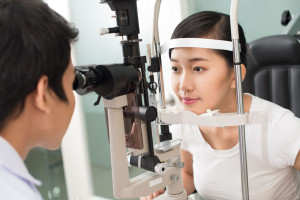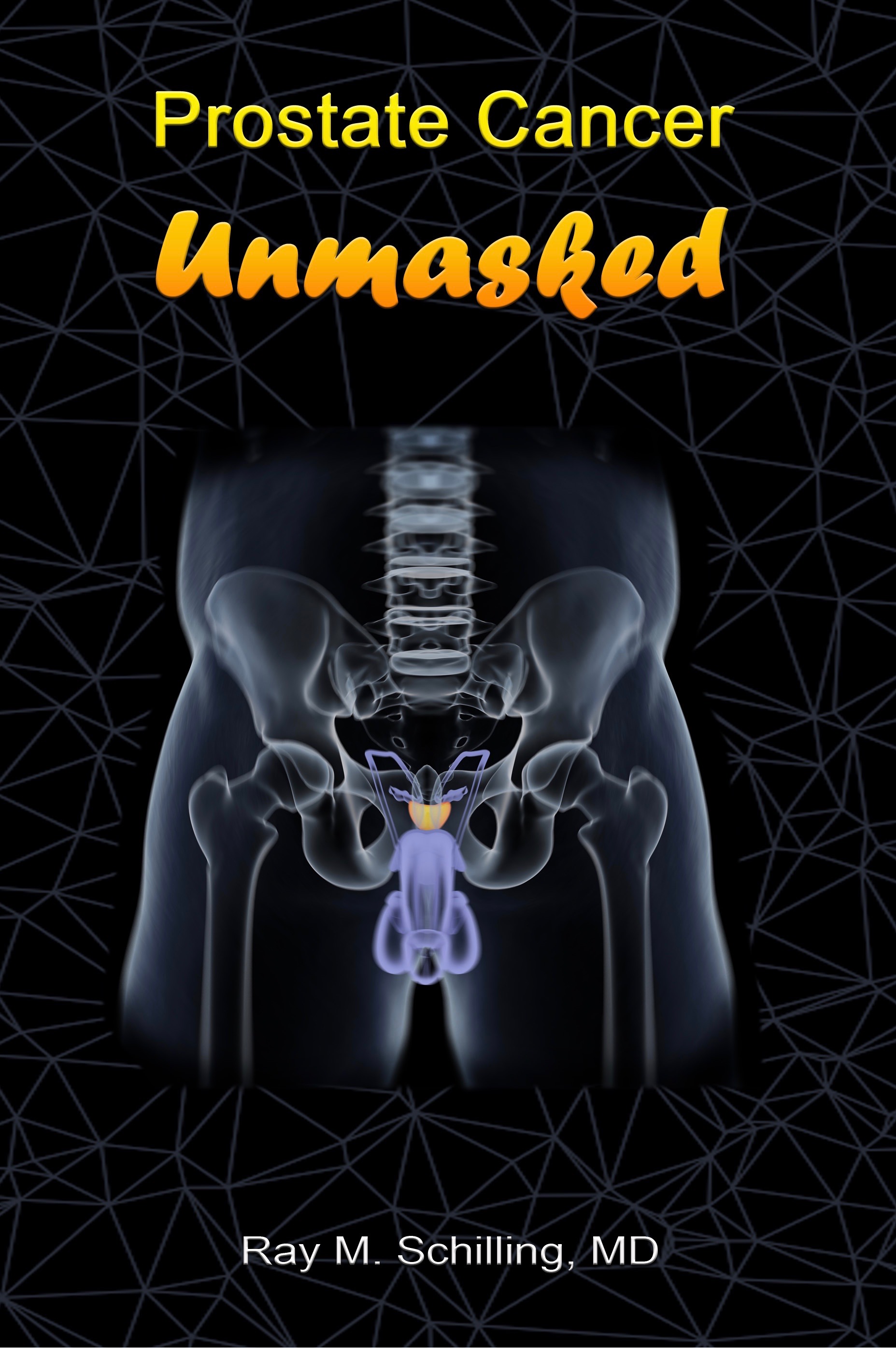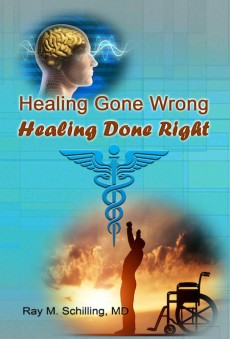Introduction
Eyesight is one of the five senses, perhaps the most important one, that keeps us in touch with the environment. The trigeminal nerve is a powerful nerve that provides the surface of the eye (the cornea) with sensitive nerve fibers.
The optic nerve supplies the retina with the necessary nerve fibers for visual perception, like a living light sensitive camera. The structure of the eye is complex and will be explained below in a brief outline under “eye anatomy”. It will be further detailed where it is needed in each of the subchapters. Children’s eyes are more difficult to assess as they find it more difficult to sit still and cannot answer questions as precisely as adults. Yet, in order to avoid the development of a lazy eye, called “amblyopia”, they need regular eye doctor visits as is explained in this link.
There are three critical times when eye examinations are particularly important:
1. during the growth spurt time as the eye balls are growing along with the rest of the body and whoever has a genetic trait of visual abnormality (short-sightedness, far-sightedness etc.) will likely experience visual problems at that time that need to be corrected.
2. Around middle age (in families with a history of glaucoma earlier) there needs to be screening for increased intraoccular pressure to screen for glaucoma.
3. Beyond the 60’s and 70’s cataracts occur more often and an eye examination is needed from time to time to monitor when eye surgery to remove the diseased lens and a lens implant should be considered.
The eyes are one of our most precious organs that allow us to orient ourselves in the world around us. Let’s take good care of them!
References:
1. The Merck Manual: Eye diseases
2. Ferri: Ferri’s Clinical Advisor: Instant Diagnosis and Treatment, 2004 ed., Copyright © 2004 Mosby, Inc.
3. Rakel: Conn’s Current Therapy 2004, 56th ed., Copyright © 2004 Elsevier







